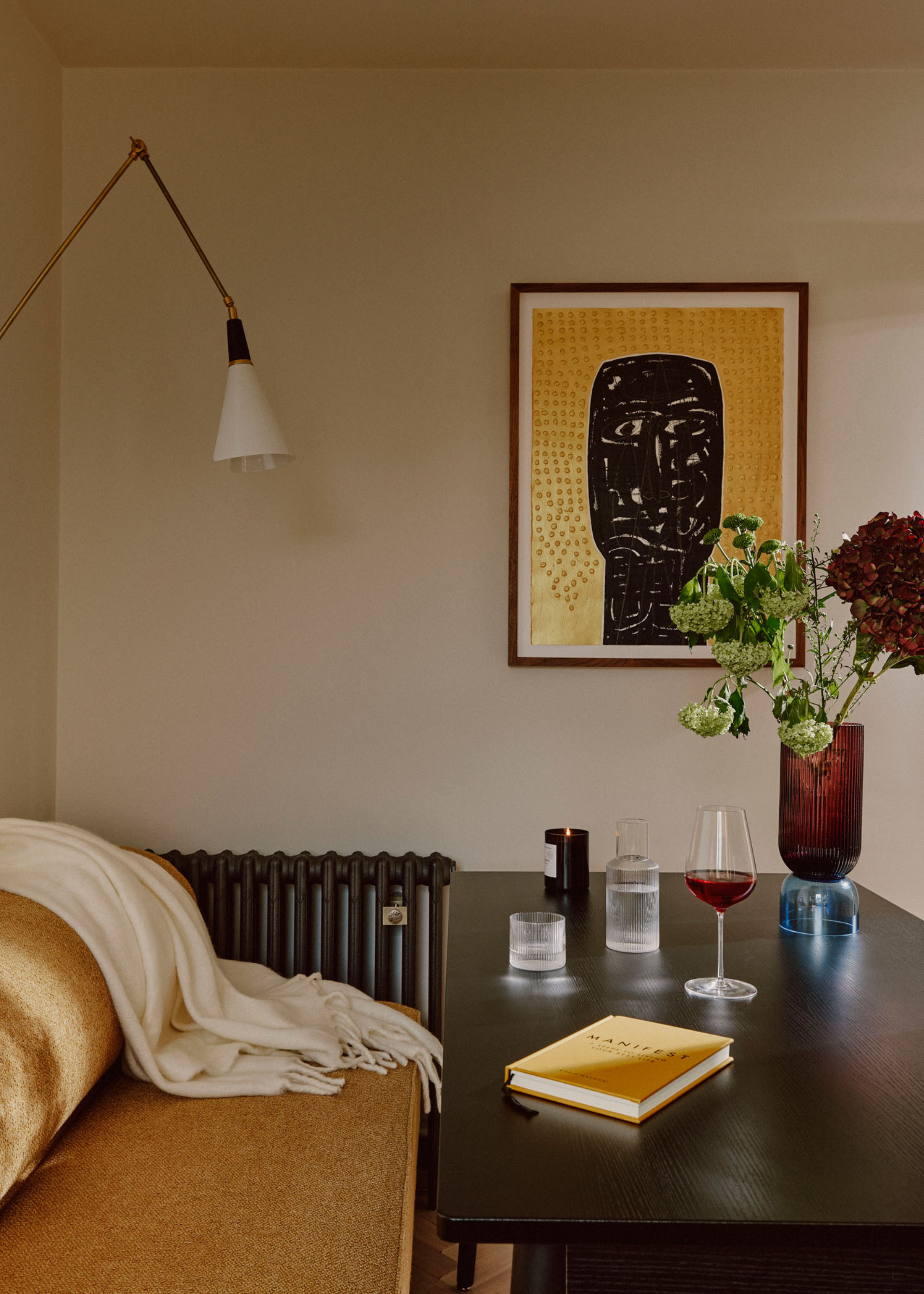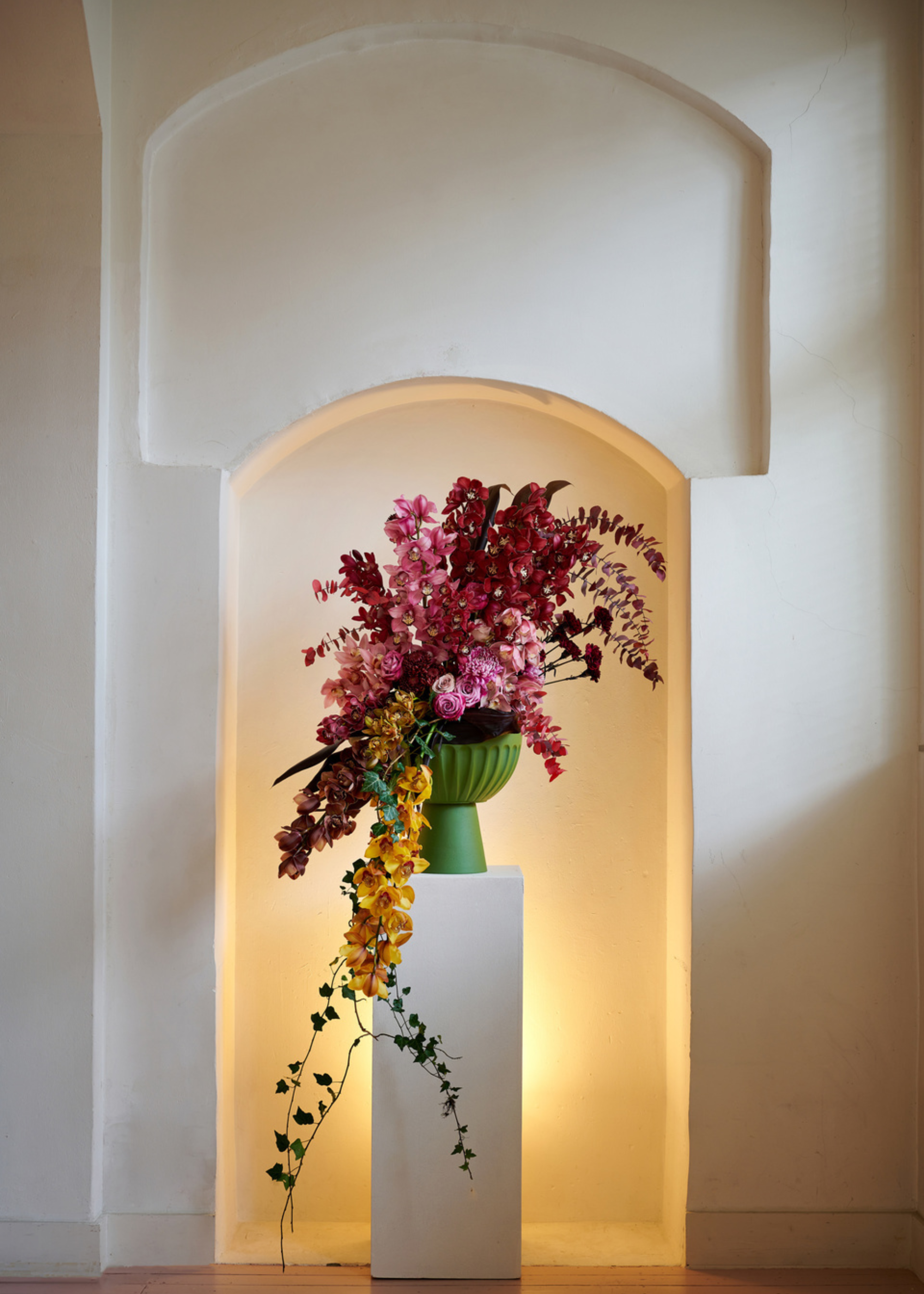
Luxe-looking floral arrangements are having a moment, and try as you might, it can be quite the task to put a couple of supermarket stems together and end up with a bouquet that looks effortlessly lush and beautiful.
However, that's not to say it's impossible. And if you're trying to keep up with flower trends and bring home a touch of that floral magic while taking in joy in doing it all on your own, then the 3-5-8 rule is the industry secret you should steal.
Considered the golden ratio of floral arrangements, this is a great measuring stick for at-home bouquets. So I spoke to florists and they have broken down the rule for us to enjoy a flourish of blossoms this spring.
What Is the 3-5-8 Rule for Floral Arrangements?

"One of my favorite tricks for designing floral arrangements that feel full but not fussy is the 3-5-8 rule," says florist Adena Einfrank. "It’s a simple guideline: group your flowers in odd numbers — usually in bunches of 3, 5, or 8.
"Why? Our eyes naturally find odd numbers more dynamic and visually interesting, especially in floral design, where we’re always chasing that just-picked, effortless look."
If you're interested in arranging flowers like a pro, floral designer Lillian Ratliff finds that the 3-5-8 rule is perfect. "This formula helps create symmetry and balance when arranging flowers," she adds. "And if you want to create a larger arrangement, just double everything."
How to Apply the 3-5-8 Rule

Amy McCord, founder of Flower Moxie, also tells me that the 3-5-8 rule is the ideal guideline for decorating with flowers that feel professional and perfect. "While the 3-5-8 rule might sound technical and intimidating at first, it’s actually pretty simple," she says.
"Use three stems that are great for a small, minimalist arrangement, five stems that feel balanced and medium in size, and let the remaining eight stems create a fuller, more dramatic look."
For example, Lillian explains that she tends to use roses or peonies as the focal point of the floral centerpiece. "For greenery, I recommend ruscus, eucalyptus ferns, and palms," she says. "And filler flowers can be baby's breath, stock, and alstroemeria."
Helpful Tips

Lillian's pro-tip for the 3-5-8 rule is to place the focal flowers toward the front, back, and sides of the arrangement. "You can also introduce one slightly taller flower, so it doesn't get lost in the arrangement," she adds.
"The focal flower should set the theme of the arrangement and be the first thing the eye sees. Plus, I also like to play with different heights for the flower arrangement to add dimension and playfulness."
Amy also tells us that one of her best tips for using the 3-5-8 rule for floral arrangements is to build by creating triangles with flowers within a bouquet.
"For example, let’s say you’re working with a bunch of different flowers and don’t know where to start," she says. "Pick one type, say daffodils, and use three of them to form a visual triangle.
"Maybe one is tall and near the center, another is shorter and spills off the right side, and the third is cut down low and placed just left of center. That creates an implied triangular line that draws the eye and gives structure to your design."
She also recommends using flower arrangement tools to give you a leg up on your spring table centerpieces. My favorite tools are ikebana vases, hanataba twisters, and flower frogs.
Color: Clear Pink + Fuchsia
I'm loving statement vases this season, and SSENSE's Corsi Design Pink & Purple Small Twins C Vase is a showstopper that'll make any arrangement look fanciful.
Size: 28 cm x 15 cm x 15 cm
On the other hand, you can never go wrong with a simple vase to let your florals shine. And this Conical Glass Vase from Zara Home is so stylish.
Member Price: £128
Another statement vase for inspiration, this Sesso Vase from Soho Home features apple jade marble that looks chic even in the absence of stems.
FAQs
What Flowers Should You Use With the 3-5-8 Rule?
You can use any flowers you'd like for the 3-5-8 rule. However, it's important to identify your focal flowers, complementary stems and filler blooms to truly let the rule work.
"For example, I’ll use three tulips for a soft moment in one section, five focal blooms like ranunculus or peonies to anchor the center, and maybe eight wispy bits of greenery or filler to bring the whole piece to life," says Adena.
"It’s not a strict rule, but it’s a great starting point when you’re building out an arrangement that wants to feel both balanced and beautifully unbalanced."
Before you set off on your journey to create the most beautiful spring floral arrangements, I also recommend studying the 60-30-10 color rule for flowers. And in conjunction with the 3-5-8 rule, you'll be left with a vase of blossoms that'll bring you and your home a sense of joy.







